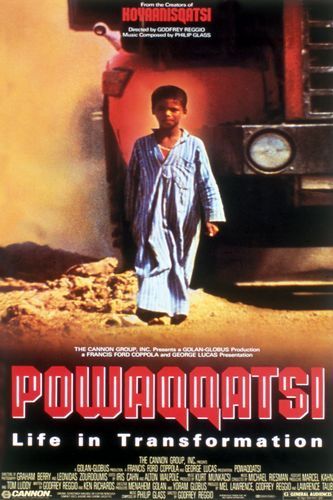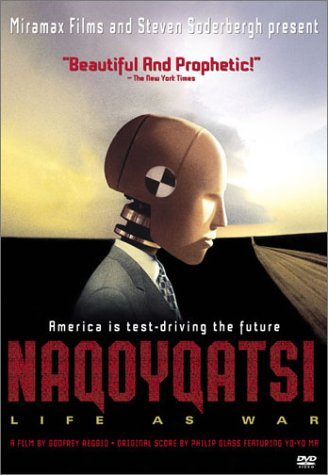It seems like I’ve been having great luck with movies recently, and the trend just keeps on going. I’ve been really looking forward to Baby Driver since I first saw the trailer for it. Writer and director Edgar Wright is best known for his Three Flavours Cornetto Trilogy which consists of Shaun of the Dead, Hot Fuzz, and The World’s End, all starring Simon Pegg and Nick Frost. He was also the director of Simon Pegg’s and Jessica Stevenson’s cult tv show Spaced. This looked like a bit of a departure from what he normally does, but it also looked like it still had that frenetic yet controlled style he employs. Let’s just say Baby Driver takes everything great about Wright’s work and enhances it to whole new levels to create one of the greatest action films you’ll see all year.
Despite getting into an accident as a child, losing both his parents, and suffering from a permanent “hum in the drum” as a result, Baby (Ansel Elgort) is the best escape driver in the entire underworld. Doc (Kevin Spacey), a major thief in the criminal underworld, is lucky to have him on as a permanent member of the team, despite other employees finding his constant state of listening to music and lack of any kind of vocal interaction unnerving. After one particular job goes wrong, Baby finds some comfort in an unassuming waitress named Debora (Lily James). Their relationship seems to be growing fast, but Baby is soon coerced back into the business by Doc and forced onto a crew consisting of his long time partners Buddy (Jon Hamm) and his wifeDarling (Eiza González), but also the sadistic Bats (Jamie Foxx), who threatens everything Baby stands for just for the hell of it. With this job closing in, Baby starts making plans to betray the team and make his escape with Debora, but it won’t be easy to escape the eyes of his brothers in arms and he’ll have to fight them with everything he’s got to truly escape.
Baby Driver is a lot of things. It’s a drama, it’s a dark comedy, it’s a gangster flick, it’s a heist movie, but more than anything else it’s an action film. This movie has more energy than any action movie I’ve seen in a long time and you can tell that everything that Edgar Wright is as an artist and a film maker went in to making this movie as great as it possibly can be. The car chases and various escape sequences are exhilarating, and the fact that the stunt work and various crashes and last ditch escapes were done in camera and not using computer generated effects makes the whole experience all the more worthwhile. The first car chase had me hooked, but the ride was far from being over and it just got more exciting from there. This is a good time to bring the editing up. If this film doesn’t get recognized for its editing at the Oscars, then I really don’t know what I’ll do. Wright puts this entire film to Baby’s various soundtracks, and when I say that every scene moves in time with the music, it’s no exaggeration. The best way to describe this film would be to use the word “precision.” We’ve all had that conversation about what song would work in what kind of scene. Well Edgar Wright and his team took that idea to the limit and created a whole new way to watch a movie.
With movies like Baby Driver that immediately combust with such high energy, it’s usually inevitable that the middle of the movie will slow down to an almost unbearable crawl for characters and other kinds of motivations to be built on. Somehow, someway, Edgar Wright found the perfect formula to expedite this whole process while still making it easy to care about the characters. Jamie Foxx’s character is introduced somewhere around the end of the first act and beginning of the second act which doesn’t slow the movie down even a little bit. In fact, Foxx is so excellent in his performance of Bats that the movie found another burst of energy with his arrival. Time is also given to Ansel Elgort and Lily James and their budding romance. This is where the movie stumbles ever so slightly. The tough guy talk didn’t need to carry over from the crime scenes to the romance scenes. It just didn’t fit very well and the attitude was just a little bit to much in these moments. If it was toned down a little more I think these scenes would have hit the mark a little bit better. When the third act begins, however, all mistakes are forgotten and my eyes were glued to the screen while the action never ceased to let up.
I feel like there’s something of a stigma around action movies that say films in this genre can rarely be called works of art. Much like horror films as of late, there’s been a cool trend of more artistic action films, and Baby Driver falls firmly into that place. Wright and his team know how to make a film look great and sound great while also thrilling audiences with off the wall action sequences and entertaining characters. When the lights came up in the theater, it was almost hard to finds words to properly elucidate the originality and technique of the film I just watched. Edgar Wright isn’t just a good film maker. He’s clearly an excellent one and an auteur in his own right. I’ve been taught by many people that film is a visual art, where the story should be shown more than it should be told. This movie takes it another step and uses music to help tell its story in a way I haven’t seen in a movie before. When music isn’t playing, it felt weird. This was a risky thing to do. It would be very easy to mess up a movie where music is constantly playing, but this one pulled it off with such finesse.
In case I haven’t made my point perfectly clear already, Baby Driver was fantastic and easily is and will remain one of the best movies of the year. It’s action is shot beautifully with excellent stunt work and precision driving, the soundtrack knocks the second Guardians movie into next week, and the editing is some of the best I’ve seen in years. This takes action films somewhere new and unique, even though the story is less than totally unheard of. I can’t say this film is style over substance, because the two work tandem so well. It would be a sin to miss this movie, so get to it as soon as you can.
Final Grade: A+
























